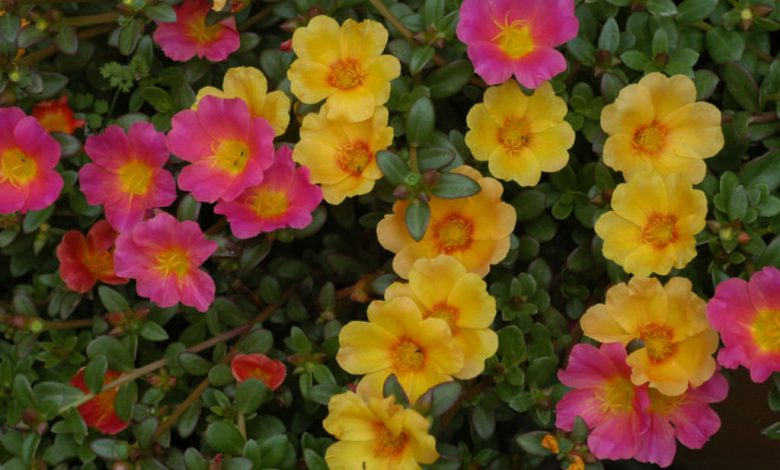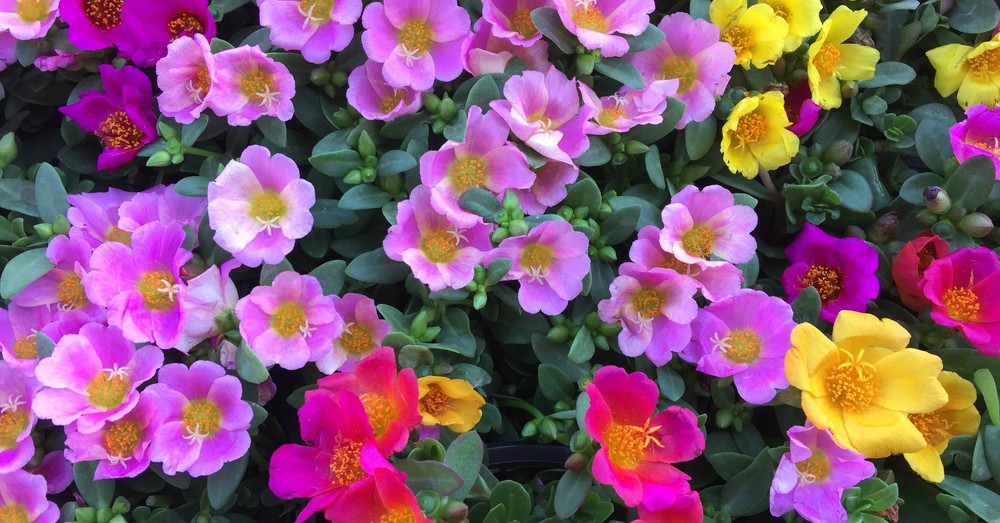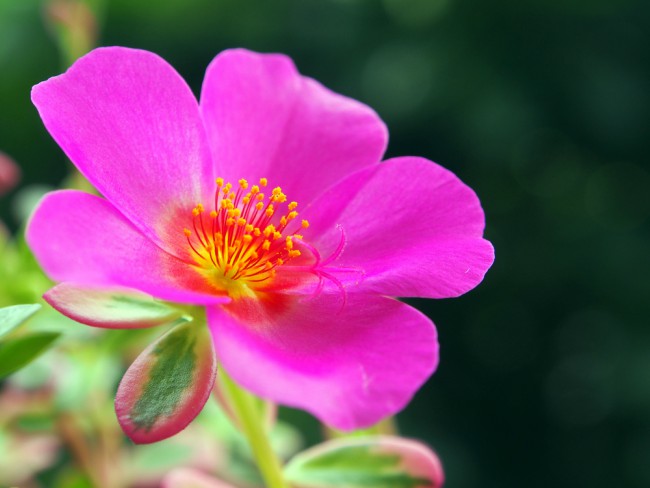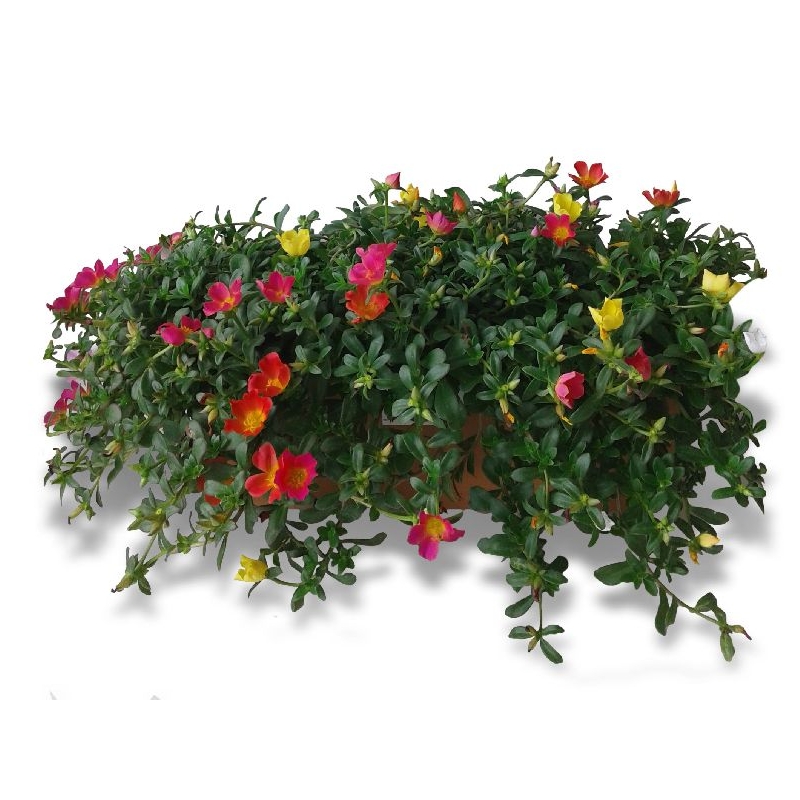How to take care of the Portulaca


If you are a lover of succulents and flowers, you have to discover this plant! One that, although it has immense beauty, is little known and, what is even better, more than easy to grow. Because, despite appearances, caring for Portulaca is almost as easy as growing one more succulent. But there is one caveat: in no other species of this immense botanical family will we find such a spectacular flowering.
Also called Silk Flower, Portulaca is a perfect choice for those looking for a creeping, fast-spreading plant. Moreover, its growth capacity is such (it is easy to sow, through the very seeds that the plant will give us during the spring) that, in many places, it is considered a weed.
It is a curious consideration if we stop to look at its unique flowering that, far from being in a single color, presents a good number of colors that range from white to much more vivid tones such as yellow, orange or fuchsia (both in plants separately and in the same one, which sometimes combine different tones in their flowers). And if this were not enough, knowing that its flowers are long lasting (even more so if we remove those that are already withered) will finally convince us to include it in the landscape of our house.
SUN, LITTLE IRRIGATION AND SANDY SOIL: THE TRIO OF ACES OF THE CARE OF THE PORTULACA
Enjoying this flowering is easy if we take into account the little care it requires. Let’s start from the basis that they are more than simple and that, in short, they are very similar to those of any succulent plant. To start, you have to think about something fundamental: choose your planting location correctly.

Due to that creeping character that we mentioned before and its height (it can reach between 15 and 30 centimeters), the Portulaca is perfect for rockeries, flowerpots and for flowerpots on the terrace or balcony. But, beyond this aspect, the most important thing to be able to enjoy such spectacular flowering is that the plant is exposed to full sun during the hot months (it is vital for its flowers to open, something that happens in summer) and sheltered cold during winter (does not tolerate low temperatures).
Once the location of our plant has been decided, we will be guided to plant it by a common maxim of succulents: the type of soil. Since they are plants prone by nature to store water, we will always have to opt for a sandy soil (which we can get with a substrate for cacti and succulents) that allows proper drainage and prevents any waterlogging of the plant.

Precisely this excess of water can be one of the great enemies of the Portulaca, so it is convenient to pay attention to its irrigation, guiding us by the humidity of the substrate in the summer months (we will never wait for it to be completely dry before watering), and maintaining sporadic watering in autumn and winter. Added during the flowering months, it is more than advisable to properly nourish the plant by adding a liquid flowering fertilizer to our usual irrigation.
And finally, a piece of advice: keep our plant safe from aphids. It is an unwelcome summer visitor that is postulated as one of the five quintessential summer pests and has a real weakness for the portulaca’s meatiness. In the event that we detect the presence of an aphid or ants (aphid shields and one of the best indicators that it is on our plant), we will have to tackle it as soon as possible using an anti-pest agent since, due to their voracity, they can compromise development and, even plant life.
And with these simple care, we only have one thing left: enjoy this beautiful plant ready to color our days. An irresistible companion for the summer!


![Photo of Cactus Cuttings: [Concept, Period, Rooting and Planting]](https://www.complete-gardening.com/wp-content/uploads/2022/08/cactus-cuttings-concept-period-rooting-and-planting-390x220.jpg)

